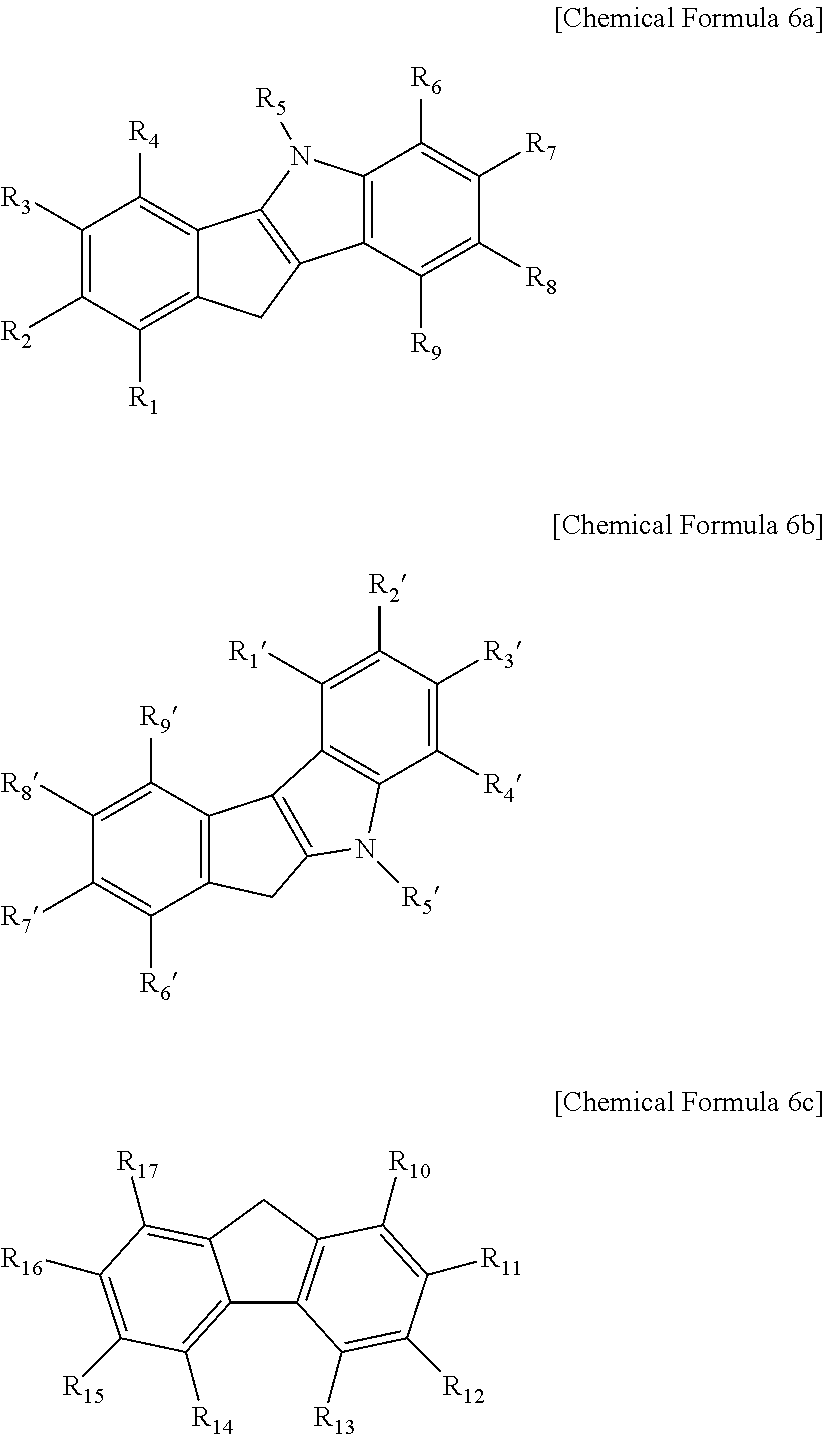Metallocene supported catalyst and method for preparing polyolefin using the same
a technology of supporting process and polyolefin, which is applied in the direction of physical/chemical process catalysts, organic compound/hydride/coordination complex catalysts, chemical apparatus and processes, etc., can solve the problems of limited securing desired properties, complex supporting process, and deterioration of polymer morphology, etc., to achieve excellent processibility and mechanical properties, excellent transparency, and excellent
- Summary
- Abstract
- Description
- Claims
- Application Information
AI Technical Summary
Benefits of technology
Problems solved by technology
Method used
Image
Examples
examples
Examples of Preparation of Metallocene Supported Catalyst
preparation examples 1 to 4
Catalyst Preparation Examples 1 to 4
Into a glass reactor, 53 mL of a 10 wt % methylaluminoxane (MAO) / toluene solution was introduced, and 7 g of silica was introduced at 40° C., and then the solution was stirred while raising the temperature of the reactor to 95° C. The solution was stirred at 200 rpm for 16 hours. Thereafter, the temperature was lowered to 40° C., and then diethyl zinc (DEZ) was introduced and stirred for 1 hour, at the equivalents (0.1-3 mmol / g SiO2) shown in the following Table 1. Thereafter, 500 mg (0.1 mmol / g SiO2) of the metallocene compound represented by the following Chemical Formula 9 (catalyst precursor 1) was dissolved into a solution state at 80° C., and then stirred for 2 hours. After the temperature was lowered to 40° C., stirring was stopped, and a toluene layer was separated and removed, and then remaining toluene was removed by pressure reduction at 40° C., thus preparing a metallocene supported catalyst.
preparation example 1
Comparative Catalyst Preparation Example 1
A metallocene supported catalyst was prepared by the same method as Catalyst Preparation Example 1, except that the diethyl zinc (DEZ) treating process was not conducted after supporting methylaluminoxane (MAO) on the carrier.
PUM
| Property | Measurement | Unit |
|---|---|---|
| pore size | aaaaa | aaaaa |
| temperature | aaaaa | aaaaa |
| pressure | aaaaa | aaaaa |
Abstract
Description
Claims
Application Information
 Login to View More
Login to View More - R&D
- Intellectual Property
- Life Sciences
- Materials
- Tech Scout
- Unparalleled Data Quality
- Higher Quality Content
- 60% Fewer Hallucinations
Browse by: Latest US Patents, China's latest patents, Technical Efficacy Thesaurus, Application Domain, Technology Topic, Popular Technical Reports.
© 2025 PatSnap. All rights reserved.Legal|Privacy policy|Modern Slavery Act Transparency Statement|Sitemap|About US| Contact US: help@patsnap.com



